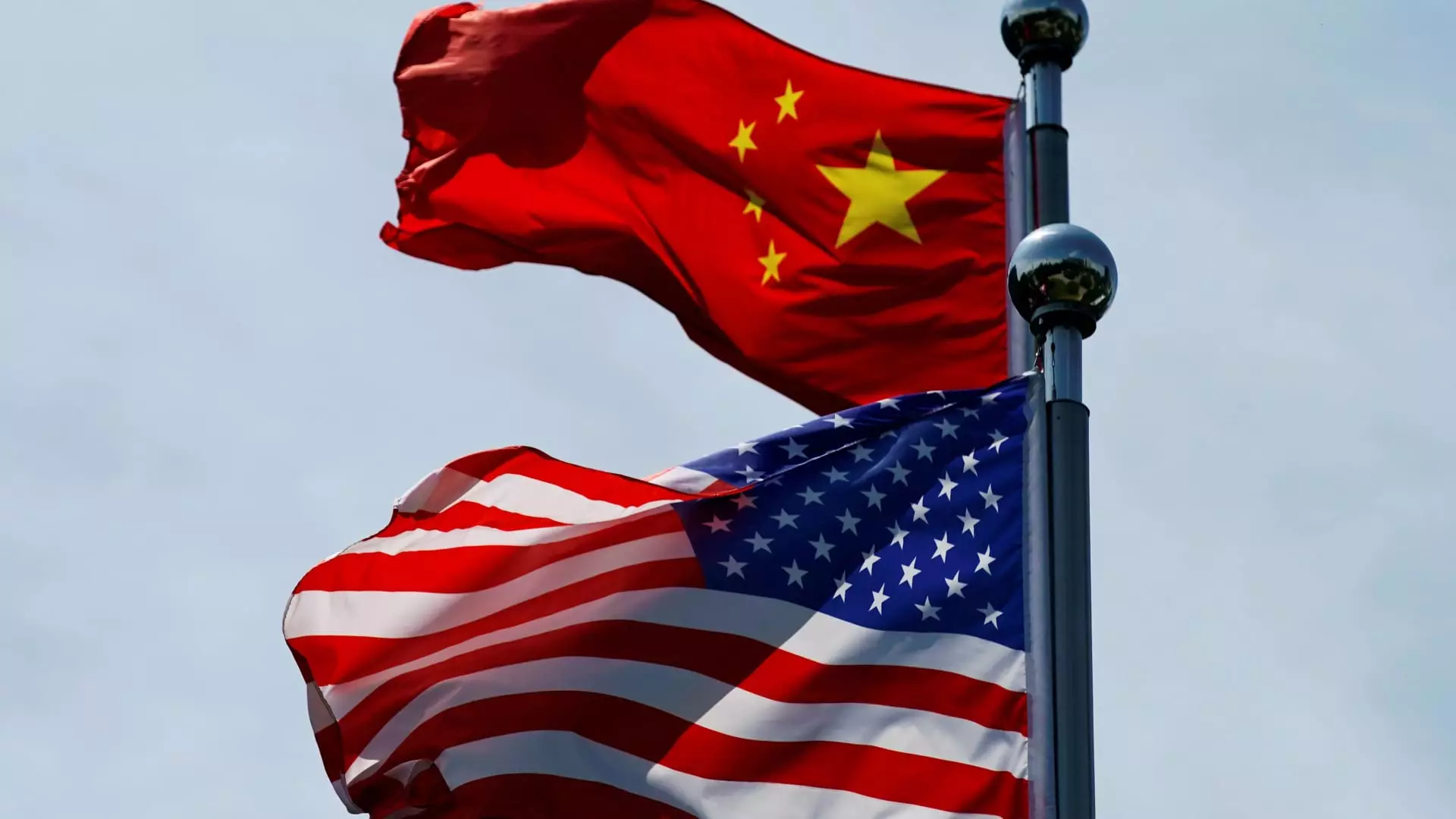As the political landscape in the United States prepares for a transition, President-elect Donald Trump is taking bold steps that could significantly reshape trade dynamics between the U.S. and its major partners. In a recent announcement made through his social media outlet, Trump revealed plans to implement an additional 10% tariff on all Chinese products entering the U.S. This move, compounded with his intentions to impose hefty tariffs on goods from Mexico and Canada, signals a stark departure from previous trade agreements and sets a confrontational tone ahead of his inauguration on January 20.
Trump’s rationale centers on issues of national security, particularly illegal immigration and the rampant opioid crisis attributed to drug trafficking, predominantly from Mexico and China. The proposed tariffs are not merely economic measures; they are presented as necessary actions to combat what Trump describes as a drug epidemic fueled by foreign entities. He specifically identified Fentanyl, a powerful synthetic opioid, as a primary concern, emphasizing that these drugs are flooding into the U.S. at alarming rates.
This pivot towards protectionism and punitive tariffs arises in part from frustrations over the U.S. government’s past engagements with China regarding drug-related issues. Trump expressed disappointment that China has not fulfilled its commitments to curb the trafficking of Fentanyl. The implication here is that tariffs are a form of leverage, a tool to enforce compliance on international trade practices concerning narcotics.
Inevitably, such a stance raises questions about the effectiveness of tariffs as a strategy to curb drug trafficking. The reality is that narcotics trade is immensely complex and multifaceted, often straddling multiple jurisdictions and involving various methods of transportation and distribution. Merely imposing tariffs may not directly impact the illicit drug supply chains as intended.
Economic Implications of Tariffs
The anticipated tariffs present a dual-edged sword for the U.S. economy. While Trump’s administration aims to protect domestic industries and lift local job markets, the reaction from global markets has already begun to unfold. Kinger Lau, the chief China equity strategist at Goldman Sachs, noted that the new tariffs are lower than expectations set during Trump’s campaign. As the market adjusts, there is a likelihood that China will respond with measures of its own, such as decreasing interest rates and enhancing fiscal stimulus to stabilize its economic landscape affected by the tariffs.
Additionally, the dynamics of U.S.-China trade—currently one of the largest bilateral trade relationships in the world—are fraught with potential consequences. Trump’s administration could be embarking on a path that increases tensions between the two economic powerhouses, forcing businesses to navigate an uncertain trading environment characterized by fluctuating tariffs and regulatory hurdles.
Experts suggest that the initially expressed expectations of reciprocal measures from China might not materialize quickly. Andy Rothman, an investment strategist, observed that China has historically refrained from retaliatory actions in trade disputes. The underlying message is that while trade tensions escalate, both nations are intricately linked economically, and both would suffer from drastic measures that could lead to broader financial instability.
The American dollar has already exhibited shifts in response to the proposed changes in tariffs, strengthening against both the Mexican peso and the Canadian dollar. Such currency fluctuations serve to underscore the interconnectedness of international economies and the far-reaching implications of U.S. trade policy shifts.
As attention turns toward Trump’s inauguration and subsequent executive orders, many are left pondering the long-term effects of these proposed tariffs. While the rhetoric is dictated by a desire to protect U.S. interests and address serious concerns surrounding drug trafficking and illegal immigration, the outcome remains uncertain. The broader impact on trade relations with key partners such as China, Canada, and Mexico will play a crucial role in shaping economic policy and international collaborations moving forward.
Trump’s impending tariff announcements are not just policy changes; they are poised to redefine America’s approach to global trade and international relations, emphasizing a growing trend toward protectionism in a complex geopolitical landscape.

